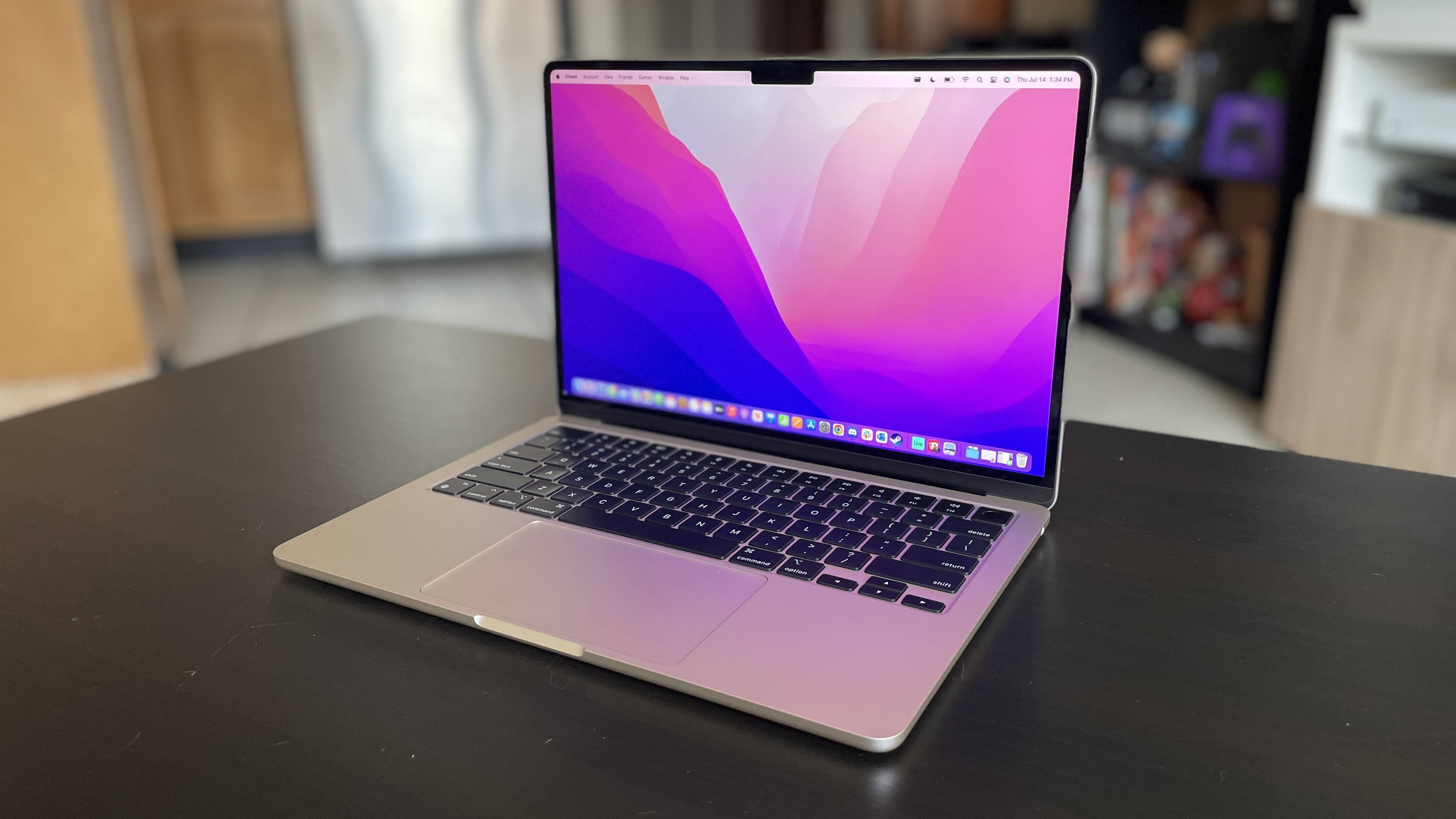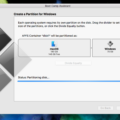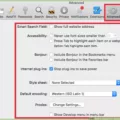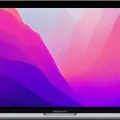Spotlight Search is a powerful tool on macOS that allows users to quickly find files, apps, and information on their computer. By default, Spotlight Search includes a wide range of search results, but did you know that you can customize these results to suit your needs? In this article, we will explore how to customize Spotlight Search settings to make it even more efficient and tailored to your preferences.
To access the Spotlight Search settings, open up System Preferences on your Mac. You can do this by clicking on the Apple menu in the top left corner of your screen and selecting “System Preferences” from the dropdown menu. Alternatively, you can also use the Spotlight Search itself by pressing Command-Space bar and typing “System Preferences.”
Once you’re in the System Preferences menu, look for the Spotlight icon in the top row. It resembles a magnifying glass. Click on the Spotlight icon to access the Spotlight Search settings.
In the Spotlight Search settings, you will find a list of checkboxes next to different categories of search results. By default, all of these categories are selected, meaning that Spotlight will search for results in all of them. However, you can uncheck the box next to each item that you’d like to exclude from your Spotlight Search results.
For example, if you don’t want Spotlight to search for emails or contacts, simply uncheck the box next to “Mail & Messages” and “Contacts” respectively. This can be useful if you primarily use Spotlight Search for finding files and applications and don’t want your search results cluttered with other types of information.
You can also prioritize certain categories of search results by rearranging them in the list. Simply click and drag a category to a new position to change its priority. This can be helpful if you frequently search for a specific type of file and want it to appear at the top of your search results.
In addition to customizing the categories of search results, you can also exclude specific folders or disks from Spotlight Search. To do this, click on the “Privacy” tab in the Spotlight Search settings. Then click on the “+” button and select the folder or disk that you want to exclude. This can be useful if you have certain folders or external drives that you don’t want Spotlight to index.
Once you have customized your Spotlight Search settings to your liking, simply close the System Preferences window. Your changes will be applied immediately, and Spotlight will now provide search results based on your preferences.
It’s worth noting that while customizing your Spotlight Search settings can make your searches more focused and efficient, it’s important to strike a balance. Excluding too many categories or folders may limit the usefulness of Spotlight Search. Therefore, it’s recommended to periodically review and adjust your settings to ensure they align with your changing needs.
Spotlight Search settings on macOS can be customized to tailor the search results to your preferences. By selectively including or excluding categories of search results and prioritizing certain types of files, you can make your searches more efficient and personalized. Take advantage of this powerful feature to enhance your productivity and find what you’re looking for on your Mac with ease.
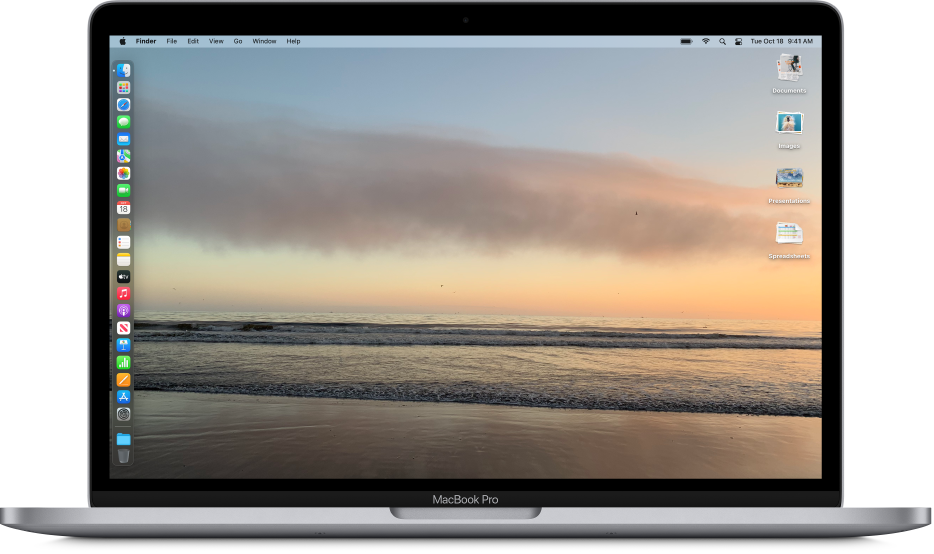
How Do You Turn On Spotlight Search?
To turn on Spotlight Search on your Mac, you can follow these steps:
1. Click on the Spotlight icon: The Spotlight icon is usually located in the top-right corner of your menu bar, represented by a magnifying glass. If you see the icon, simply click on it to open Spotlight Search.
2. Use the keyboard shortcut: Alternatively, you can use the keyboard shortcut Command-Space bar to quickly open Spotlight Search. Press and hold the Command key on your keyboard, then press the Space bar. This will instantly open Spotlight Search.
3. Use the function key: Some keyboards have a dedicated function key (F4 or F5) that can be used to open Spotlight Search directly. Look for the icon on the function key that resembles a magnifying glass, and press it once to activate Spotlight Search.
Once you have opened Spotlight Search, you can start typing your search query in the search bar. Spotlight will instantly start displaying relevant results, including applications, documents, folders, emails, and more. You can use this powerful search feature to quickly find and access various items on your Mac.
In case you are looking for more specific information within Spotlight Search, such as searching for files by a specific date or filtering results by file type, you can utilize the advanced search options. These options allow you to refine your search and quickly locate the desired information.
By using Spotlight Search efficiently, you can save time and easily access the files and information you need on your Mac.
How Do You Customize Your Spotlight?
To customize the Spotlight results on your macOS, you can follow these steps:
1. Open the System Preferences on your Mac. You can access it by clicking on the Apple menu in the top-left corner of the screen and selecting “System Preferences” from the drop-down menu.
2. In the System Preferences window, you will see various rows of icons representing different categories. Look for the row that says “Spotlight” and click on it.
3. Once you click on the Spotlight icon, you will be taken to the Spotlight preferences page. Here, you will find different options to customize the Spotlight results.
4. To exclude specific items from appearing in Spotlight search results, uncheck the corresponding boxes next to those items. For example, if you don’t want Spotlight to show results from Documents, uncheck the “Documents” box.
5. You can also change the order of the search results by dragging the categories up or down in the list. The categories at the top will be given higher priority in the search results.
6. If you want to further refine the search results, you can click on the “Privacy” tab in the Spotlight preferences. Here, you can add specific folders or drives that you want to exclude from Spotlight indexing. Just click on the “+” button, navigate to the folder or drive you want to exclude, and click “Choose.”
7. Additionally, you can also customize other Spotlight settings, such as the keyboard shortcuts, language preferences, and whether or not to show Spotlight suggestions or Bing web searches.
8. Once you have made the desired changes, close the System Preferences window, and the Spotlight preferences will be applied.
By following these steps, you can easily customize the Spotlight results on your macOS to suit your preferences and exclude specific items from appearing in the search results.
Conclusion
Customizing Spotlight search settings on macOS is a simple and effective way to personalize your search experience. By accessing Spotlight Search through the Home screen or using the Command-Space bar shortcut, you can easily search for specific items and information on your device.
To customize the results displayed in Spotlight Search, you can go to System Preferences and select the Spotlight option. From there, you have the ability to uncheck the boxes next to items you’d like to exclude from the search results. This allows you to tailor the search to your specific needs and preferences, making it more efficient and relevant to your interests.
Additionally, if you find the Spotlight icon in the menu bar to be unnecessary or distracting, you can easily remove it by going to Control Center in System Settings and selecting “Don’t Show in Menu Bar” under the Spotlight section. This provides a cleaner and less cluttered menu bar, allowing you to focus on other tasks without any distractions.
Customizing Spotlight search settings provides you with greater control and efficiency in finding the information you need on your macOS device. By excluding certain items from the search results and removing the Spotlight icon from the menu bar, you can streamline your search experience and optimize your productivity.


